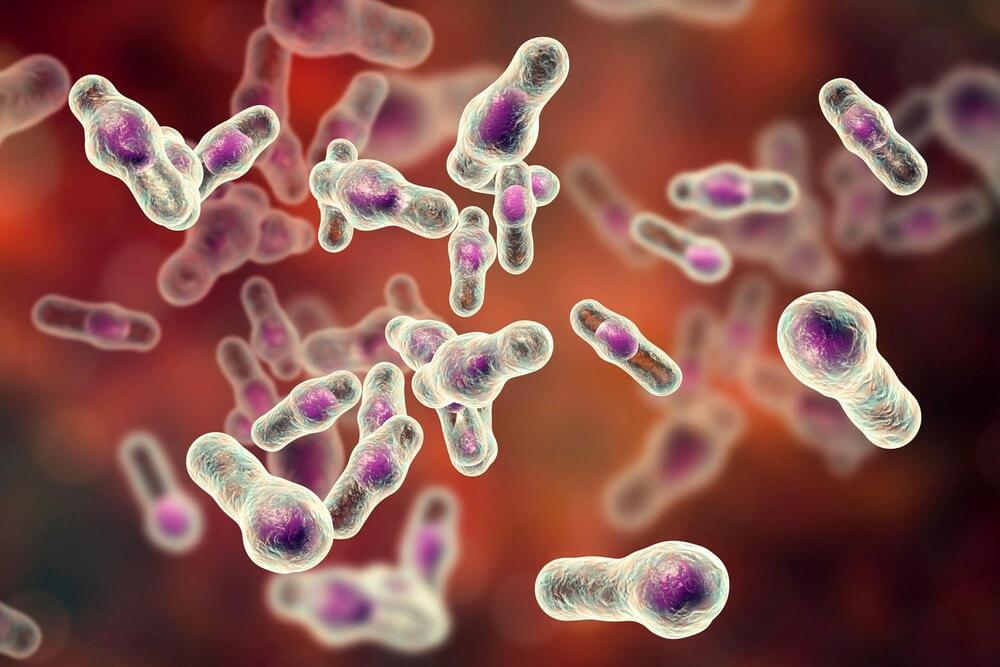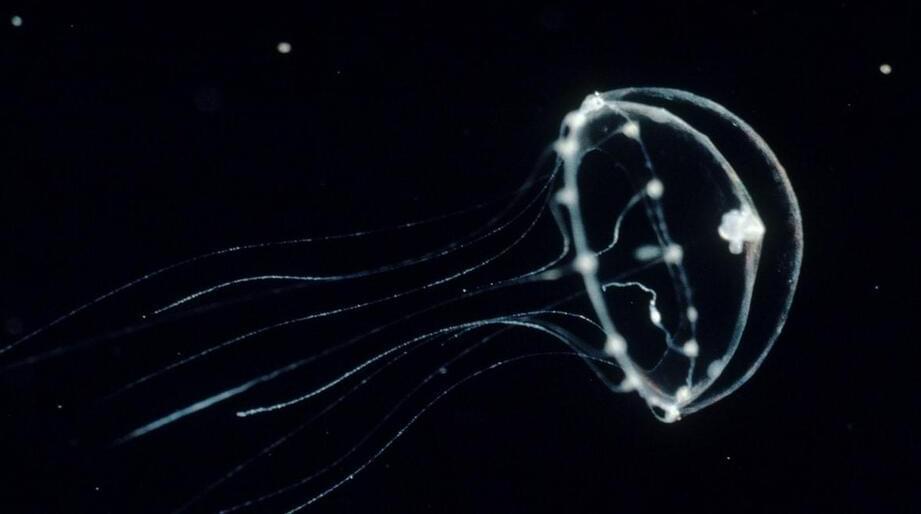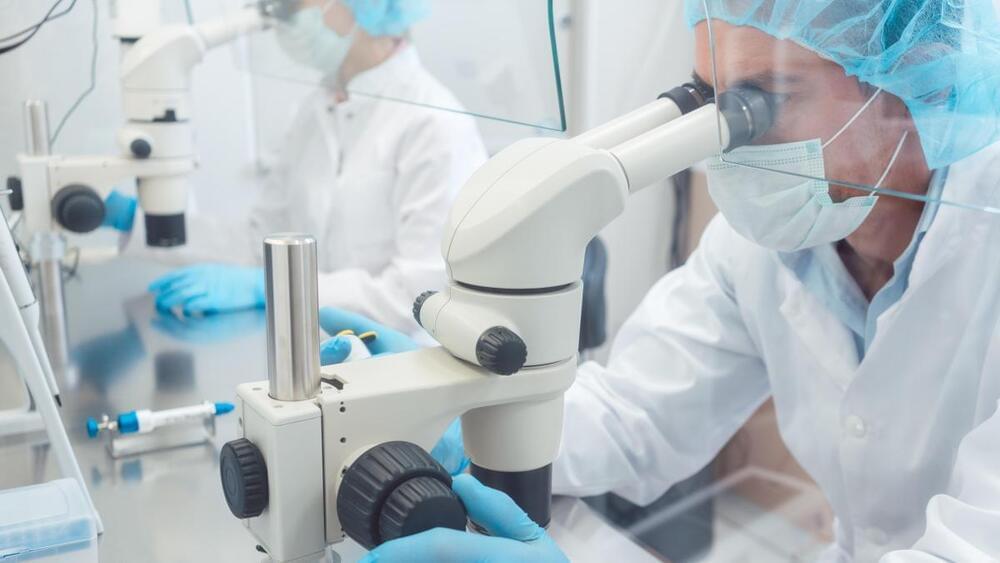A new report from the Harvard Kennedy School found that China’s rapidly gaining steam in the realms of AI, 5G, quantum computing, biotechnology, and more.



Findings suggest way to help patients heal from dangerous C. difficile.
New research from the University of Virginia School of Medicine sheds light on why a fecal transplant can benefit patients with dangerous recurrent C. difficile infections – and suggests a way to improve patient outcomes.
C. difficile infection causes life-threatening diarrhea, and it often takes hold in patients in hospitals and nursing homes as a result of long-term antibiotic use. Doctors have known that fecal transplants – literally transplanting fecal material from a healthy person into the sick – can improve C. difficile outcomes, but they haven’t fully understood why. The new UVA research offers important answers.

This research can also offer a glimpse at how other forms of thinking might be organized. “It lets us get at this issue of what are the options for a nervous system or behavior,” Weissbourd says. It’s hard to put yourself into the mind of a jellyfish—their life cycle of polyps and spores is utterly alien, their weird array of sensory organs have no analogues to our own. Clytia have specialized balance organs called statocysts; other species of jellyfish have sensors called rhopalia that detect light or chemical changes in the surrounding water.
Researchers have observed some things that could be thought of as akin to our emotional states; for example, Clytia display a unique set of behaviors when spawning, and they perform their feeding action more quickly when they’re hungry. “But they might have a totally different set of nervous system states,” Weissbourd says.
These gene-tweaked jellies are an exciting new platform for research, says Sprecher. Future experiments will improve our understanding of modular nervous systems, not only in jellyfish but in more complex species too. These are ancient creatures, but we know so little about how they see the world, or if it even makes sense to think of them as “seeing” in the way that mammals do. Literally peering inside them could help provide the answers.
Yesterday’s longevity AMA: michael lustgarten, phd.
Questionsabout yesterday’s video, and more…AMA!
Join us on Patreon!
https://www.patreon.com/MichaelLustgartenPhD
Timestamps:
0:51 Evaluating what’s optimal for biomarkers that are genetically low or high.
3:59 Details on replicating the approach.
6:59 EVOO
9:41 Carotid artery thickness scan.
10:55 Exercise routine.
18:26 Sirtuins, resveratrol and longevity.
19:31 Using blood testing to identify which supplements are detrimental, neutral, or beneficial at n=1
23:00 Devices that I use.
24:54 TG/HDL ratio.
26:47 Use of herbs, adaptogens.
30:00 Rapamycin.
33:23 Fish oil.
35:30 Other fish besides sardines?
37:12 Balance between taste and health.
38:00 Tracking starch intake?
40:50 Current macros.
42:32 Importance of thymus and immunosenescence.
45:04 Evaluating what’s optimal for dietary vitamin/mineral intake.
47:46 Taking time off from supplements before blood testing (or not)
49:52 Thoughts on genetic biomarkers.
51:32 Adding weights to the biomarkers/Are they all equal for their effects during aging.
57:20 Cinnamon vs biomarkers.
58:50 Managing the diet/approach in social settings.
1:00:30 Oils and cooking.
1:01:45 Biomarker weights.
1:03:05 Investigating factors surrounding thymus hypertrophy.
1:04:08 Liposomal delivery and aging.
1:06:52 Finding trusted sources for supplements.
1:08:00 Attia, Rhonda.
1:10:18 Not just focusing on cardio for health.
1:11:05 ION test.
1:15:00 What if I don’t beat the longevity record.
1:16:30 Where would I bet on anti-aging tech.
1:18:45 Liver detox.
1:19:36 How often I eat junk food.
1:21:10 Metformin.
1:22:50 Sauna.
1:24:41 Blood donation: impact on biological age?
1:25:25 Is there an upper limit for venous recovery after blood testing?
1:26:15 No cheat days for Christmas?
1:27:29 Next-generation biological age clocks?
1:31:09 Parabiosis.
1:33:19 CR and lymphocytes.
1:36:27 Protein intake.
1:40:08 Cortisol and hormones.
1:42:00 Blood pressure.
1:43:44 TruAge clock.
1:47:35 Noise in epigenetic testing.

Contrary to what you may think, getting old is not inevitable. And by getting old, I mean the bad parts: weakened muscles, fading memory, aching joints … or perhaps a disease such as cancer or diabetes makes an unwelcome appearance.
James Peyer, 35, is out to prove that age is, instead, like polio or tuberculosis. Those and other infectious diseases once were the biggest killers, until we developed effective vaccines or treatments.
Why, asked Peyer, co-founder of the New York longevity start-up Cambrian Biopharma, should age be any different? “Of our 100,000-year-plus history as a species, it’s been for only about 75 years that these diseases of ageing have been the primary predators of humankind.” He added: “We are rapidly zeroing in on our biggest.


Experimental realization of cluster crystals-periodic structures with lattice sites occupied by several, overlapping building blocks, has been elusive. Here, the authors show the existence of well-controlled soft matter cluster crystals composed of a thermosensitive water-soluble polymer and nanometer-scale all-DNA dendrons.

Cyber attackers could target 3D printed objects in health care, aerospace, and other fields.
Cybersecurity researchers at Rutgers University-New Brunswick and the Georgia Institute of Technology have proposed new ways to protect 3D printed objects such as drones, prostheses, and medical devices from stealthy “logic bombs.”
The researchers will present their paper, titled “Physical Logic Bombs in 3D Printers via Emerging 4D Techniques,” at the 2021 Annual Computer Security Applications Conference on December 10, 2021.

